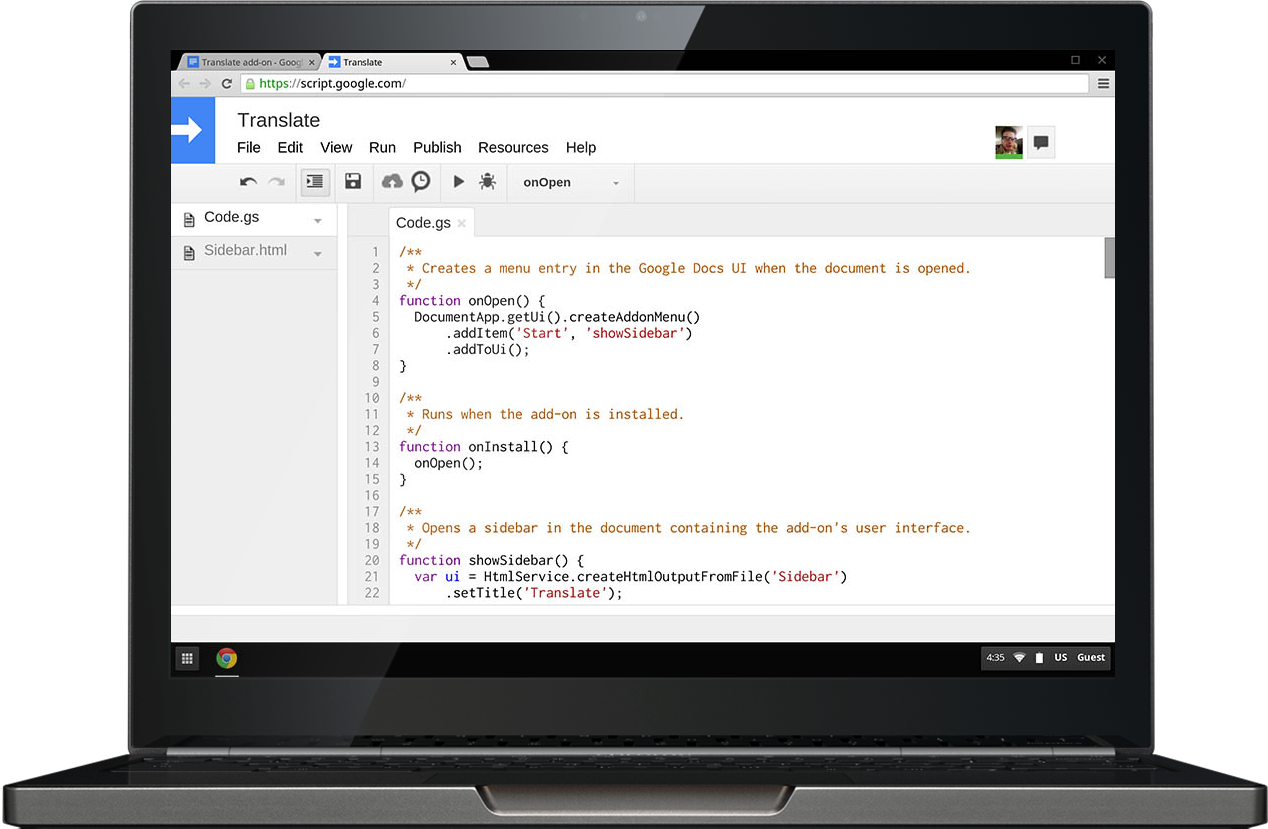
Welcome to the matrix: Windows booting up locally, in its own window, on a Chromebook.Īnd you occasionally get Windows-specific notifications within that inner Windows desktop, including prompts to restart the Windows system (an action that has no effect on the greater Chrome OS system) in order to apply software updates. Escher.) That means you end up seeing Windows boot up whenever you first open the system: JR It feels like you're using Chrome Remote Desktop or another similar sort of remote-access tool, but while the experience itself is somewhat similar to that on the surface, this Windows installation is actually on the Chromebook itself and not just streaming to you via a standalone Windows computer.Įven so, it's kind of odd - because it is a second desktop and effectively a separate operating system running inside your primary operating system. It's easy to see why: You ultimately have a second desktop within your regular Chrome OS desktop. Suffice it to say, that makes things inherently a little.awkward. The Windows desktop, within Chrome OS (whoaaaa.). And it's within that window that you then find, open, and use the traditional Windows software. The nature of the whole "virtual machine" thing means you end up running Windows itself within an app-like window. Welcome to the world of Windows.on Chrome OSįirst things first, let's get one thing out of the way: Running Windows apps on a Chromebook in this new Parallels-provided setup isn't exactly like running a regular, native program on your device.

It comes at a cost, too: a cool 70 bucks per user per year.Īnd lemme tell ya: Having had the chance to use it extensively this week, I think this is gonna be a pretty intriguing option and one that has the potential to exponentially expand Chrome OS's appeal.
:max_bytes(150000):strip_icc()/002-use-office-365-apps-on-chromebook-4687327-ea9019aef0fc45f3ac58c0e4c5c6047b.jpg)


For the moment, at least, this whole thing is designed exclusively with the enterprise in mind: The Parallels Windows-on-Chrome-OS setup is available only on specific, approved hardware - high-end systems, basically, with an Intel Core i5 or i7 processor, at least 16GB of RAM, and 128GB of storage recommended - and only in company-wide configurations.


 0 kommentar(er)
0 kommentar(er)
